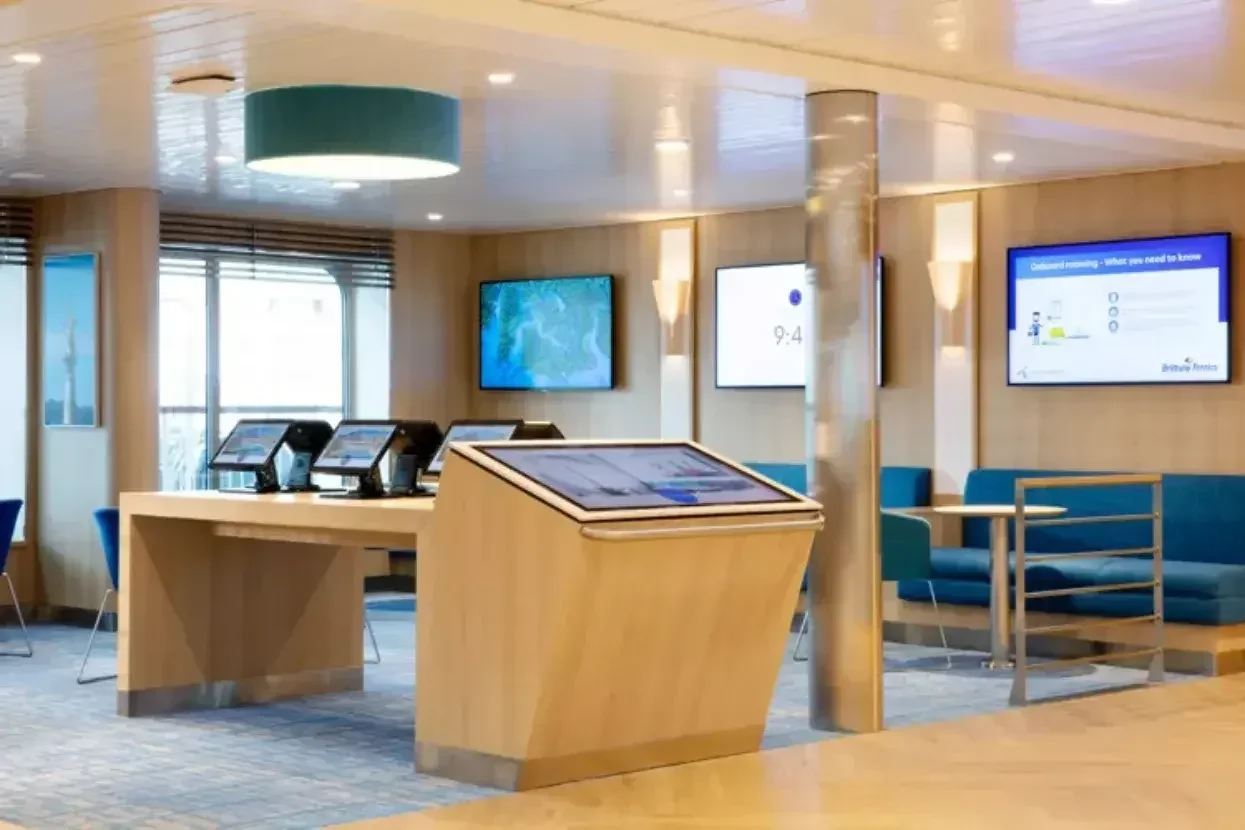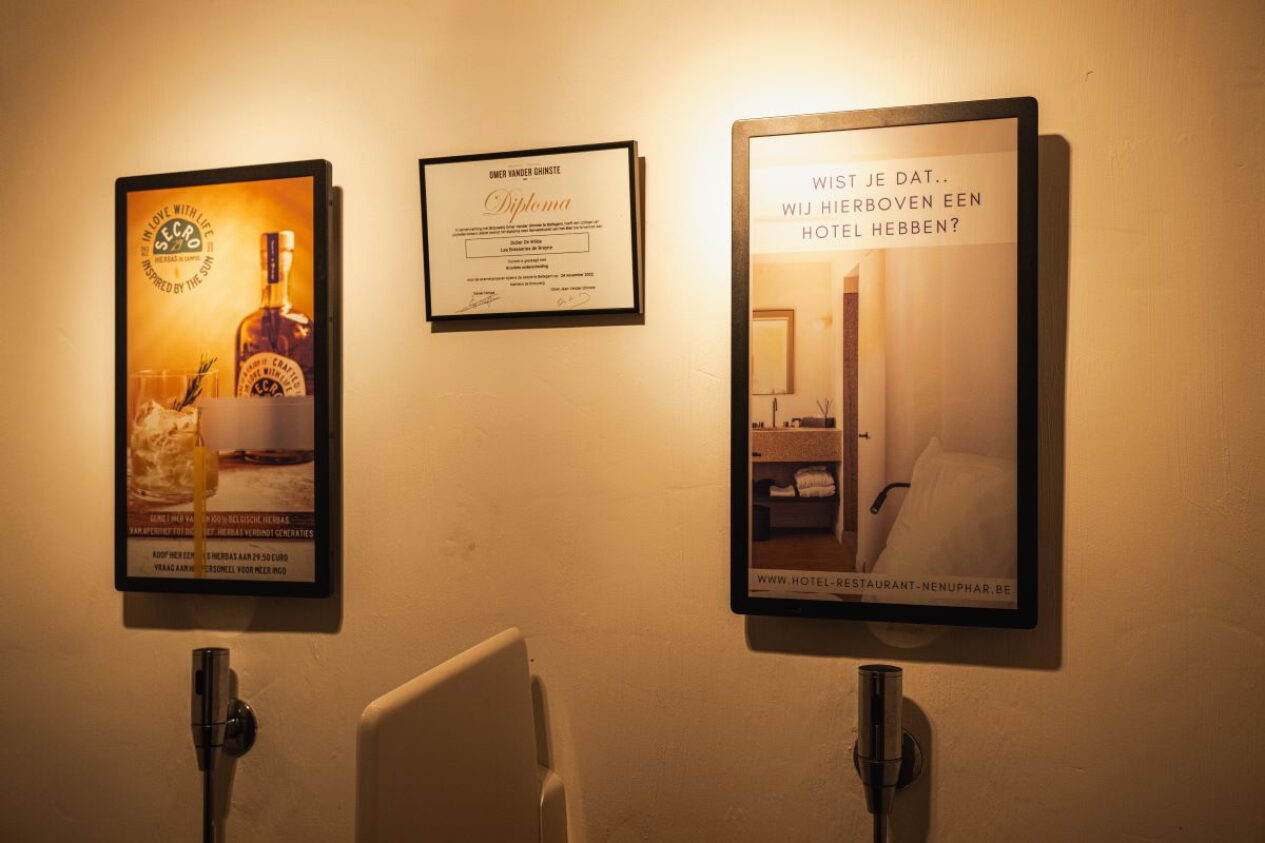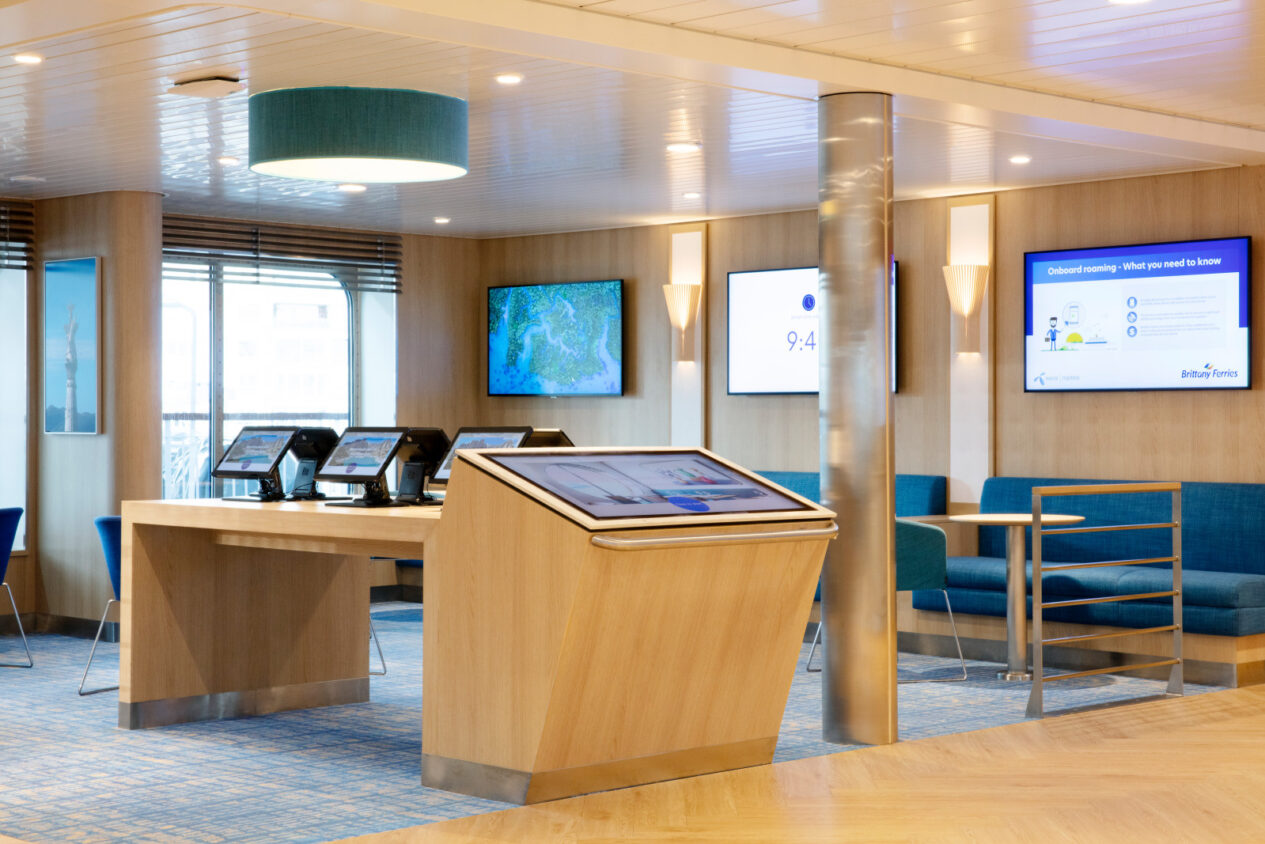
While certain to grab the attention of passers-by both indoors and outside, some concerns remain over the environmental impact of digital signage. Rob Fletcher shares some of the latest solutions and technologies available to help make this signage more sustainable.
Digital signage is often presented as an environmentally friendly alternative to printed media in the marketing mix. However, those in this market will recognise and accept that this is not always the case, with digital signs requiring a constant supply of energy to remain switched on and visible to consumers.
While this may present a challenge to companies providing this technology, the good news is that developments in recent years have led to the introductions of a new solutions that have advanced digital signage and positioned it as a truly sustainable medium in marketing.
Here, we explore some of those solutions, speaking with suppliers and manufacturers about the importance of more planet friendly technology to support digital signage as a long-term medium.
Opportunity to innovate
First, Martijn van der Woude, vice president of global marketing and business development at Philips Professional Displays (PPDS), said sustainability offers the digital display sector an opportunity to be innovative.
PPDS is seeing rising demand for its Philips Tableaux range of zero power ePaper displays.

“Digital signage, with the exception of a few products, such as the Philips Tableaux ePaper display, uses power to show content,” van der Woude said. “Reducing power consumption is positive news for the environment and for the bottom line of the business using the display.
“Designing the display in a way that extends its lifetime, making it more repairable and enabling software and firmware updates to keep it up to date for longer brings about similar benefits. As do displays that can be managed remotely, reducing the use of natural resources consumed travelling to troubleshoot issues, to switch displays off when not in use, or to change content.”
On the back of this, van der Woude highlighted the PwC 2024 Voice of the Consumer Survey, which found 80% of consumers are willing to pay more for sustainable produced or sourced goods. Some would pay on average 9.7% more for goods that meet specific environmental criteria, including those produced in a supply chain with a lower carbon footprint.
“Businesses that are actively reducing their impact by consuming less energy and choosing tech with longer lifetimes are more likely to gain custom,” he said.
As to how PPDS can help, van der Woude said there is no section of its portfolio without a sustainable line. In terms of current demand, he said much of the current buzz is about the Philips Tableaux range of zero power ePaper displays, and the EPEAT Gold Climate+ rated Philips Signage 3000 Series EcoDesign (QE Line).
PPDS is also seeing increasing interest in its All In One lines, including the Philips Unite 5000 Series AIO. Bringing all this together is Wave, delivering on remote management capabilities to reduce power consumption, extend product lifetimes, and reduce on-site maintenance for cost, time, and fuel savings.
World-first for ViewSonic
Elsewhere, ViewSonic Corp., a provider of visual and educational technical solutions, recently became the first brand to achieve a Gold rating from the Electronic Product Environmental Assessment Tool (EPEAT) in the signage display category. EPEAT evaluates products based on their environmental impact, with those securing a Gold rating meeting the strictest sustainability criteria such as reduced hazardous materials, energy efficiency, and product longevity.
ViewSonic recently became the first company to achieve a Gold EPEAT in the signage display category

ViewSonic drew particular praise for its ViewBoard interactive display stands, with the 65-inch series manufactured using over 90% post-consumer recycled materials, exceeding the market standard. As such, ViewSonic said opting for ViewBoard solutions reduces the use of harmful chemicals in digital signage.
On top of this, ViewSonic said it is committed to promoting a responsible and transparent supply chain. With this, it assists its suppliers in establishing environmental management systems and creating a Full Material Disclosure to meet strict criteria. This includes disclosing substances in the materials, components and parts.
“Achieving the first EPEAT Gold rating in the signage display category is a testament to our relentless pursuit of sustainability,” ViewSonic chief operating officer Bonny Cheng said. “We will continue to provide environmentally responsible solutions that meet and exceed global standards.”
Setting sail with sustainability
Brands around the world are facing increasing pressure to operate in a more planet friendly manner; making simple changes with digital signage can have a significant impact on brands’ sustainability. French maritime company Brittany Ferries worked with Deneva, a specialist in digital signage software, to enhance the digital screen network across three of its flagship vessels: Galicia, Salamanca, and Santoña.
Brittany Ferries worked with Deneva to install more sustainable digitl screens across three of its vessels

Over 200 Deneva players were installed across the three ferries, with the project comprising a combination of conventional signage, featuring corporate or entertainment information and menu boards mainly based on Windows and LG’s WebOS operating systems, as well as interactive displays by ELO Touch, enabling passenger interaction and personalised services.
For this initiative, Deneva developed InfoKiosk, a solution specifically designed for Brittany Ferries. This provides passengers with real-time key travel information, facilitates onboard activity planning and delivers updated data on destination weather, local transfers, and transportation schedules.
In terms of sustainability, Deneva focused on using low-energy technologies and hardware for the digital signage installations, which, according to José Carlos Carrascal, international business development manager at Deneva, greatly reduces environmental impact from digital screens on board the Brittany Ferries vessels.
“We are committed to continuing to provide cutting-edge solutions and top-notch technical support to ensure that Brittany Ferries remains a leader in this path within the maritime industry,” Carrascal said.
Discover latest innovations in digital signage at European Sign Expo 2025 Europe’s leading signage and visual communications exhibition returns to Berlin, Germany 6 – 9 May 2025. European Sign Expo is the exhibition for showcasing cutting-edge products, visionary concepts, and transformative developments shaping the future of signage. Register your interest here.